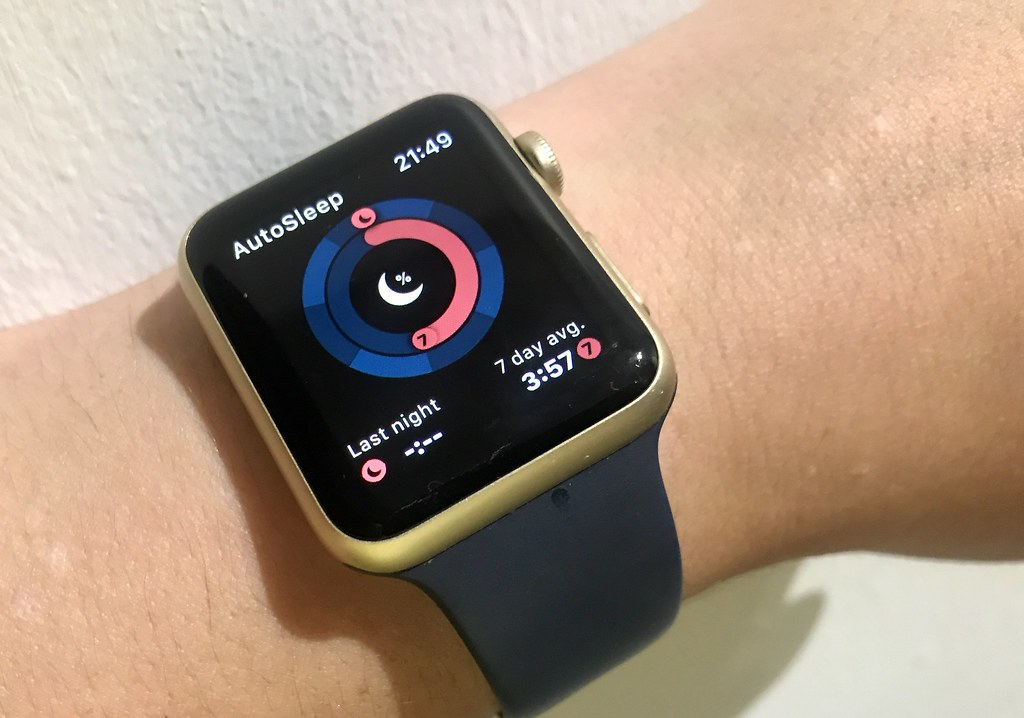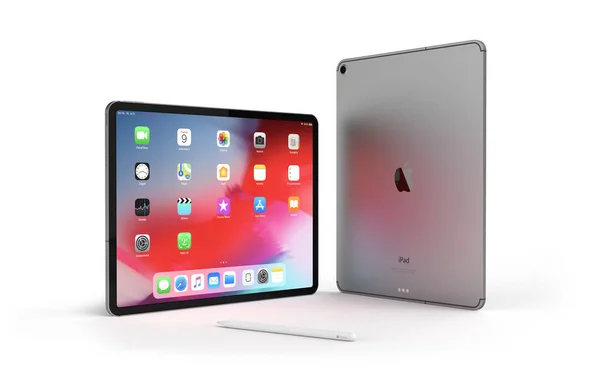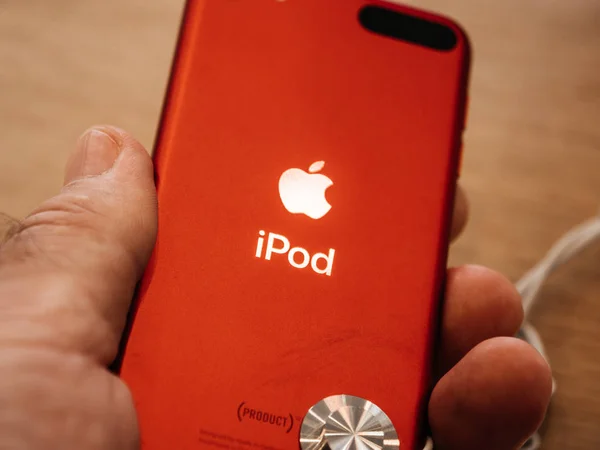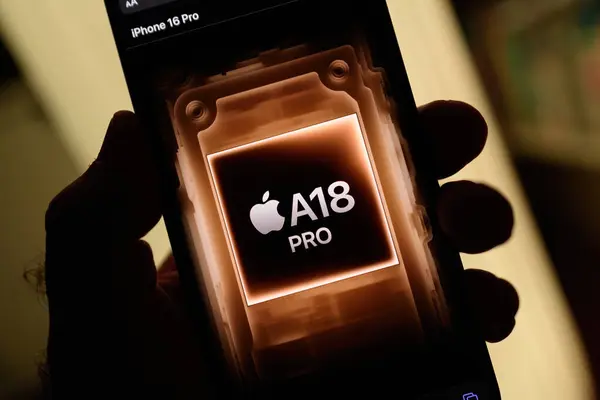
“Confirmation for much of what I’ve written” is how Bloomberg reporter Mark Gurman put it earlier this week, reacting to a sudden spate of Apple leaks. His observation followed a fleeting but significant instant: Apple inadvertently leaked out a software tool that held identifiers for an array of unreleased products. Within a matter of hours, it was withdrawn but not before the information had been picked over by keen-eyed commentators.

The leaks allude to a product roadmap that ranges from humble chip refreshes to possibly revolutionary upgrades. The next-gen Vision Pro and a speedy iPad mini make up the offerings, with the leaks providing us with a rare glimpse at Apple’s short-term hardware vision. Nothing is official until Apple gets on stage, of course, but the scope of these findings has set the tech world ablaze with excitement and criticism.

1. Vision Pro Chip Conundrum: M4 or M5?
The leaked code indicated a Vision Pro update driven by the unreleased M5 chip, one step up from the current M2. That would fit with analyst Ming-Chi Kuo’s earlier estimation of an M5-model going into production in late 2025. But Gurman has consistently implied that Apple is also piloting an M4 model, so the choice remains undetermined.
The performance expectations are high. The M4 already gives a 50% quicker CPU and four times the GPU performance of the M2. If the M5 goes according to plan, it may provide 15–20% improvements over M4 due to TSMC’s N3P process node, adding to both computational and computer vision performance. Even without significant design updates, a more minimalist strap and better comfort might make this version more attractive for users of long sessions.

2. Apple Watch Series 11 and Ultra 3: Old Power, New Tricks
The new Apple Watch Series 11, Ultra 3, and SE 3 will launch with the S11 system-in-package, but in terms of architecture, it’s similar to the S9 and S10. That translates to two “Sawtooth” performance cores, a 4-core Neural Engine, and second-generation Ultra Wideband support. Raw performance might not take a giant leap forward, but Apple has traditionally optimized chips for efficiency and saving space.
Beyond silicon, features like blood pressure monitoring alerts, sleep scoring, and AI-powered fitness coaching are expected to headline the update. The Ultra 3, aimed at outdoor enthusiasts, may add satellite connectivity and 5G RedCap support, while the Series 11 focuses on health and convenience. Pricing is expected to hold steady, with the Ultra 3 at $799 and Series 11 starting at $399.

3. iPad Mini’s Leap to A19 Pro
As per the leak, the future iPad mini will use the A19 Pro the same premium chip to be used in the iPhone 17 Pro. This would be a major upgrade from the A17 Pro in the current device, with more GPU cores and increased sustained performance.
Such an action would make the iPad mini among the most powerful small tablets out there, closing the difference with the iPad Pro for creative and professional applications. There are also rumors of a possible OLED display redesign, although the launch date is unsure, with rumors pointing toward 2026 or beyond.

4. Low-Cost iPad with A18 Power
The same leak showed a revamped entry-level iPad, codenamed J581 and J582, driven by the A18 chip. This places it as a strong but budget-friendly choice, perhaps for students and cost-effective shoppers.
If released in spring 2026 as speculated, it would succeed the current low-cost iPad line while benefiting from the efficiency and performance of Apple’s newer silicon. The strategy mirrors Apple’s approach with the M1 MacBook Air, keeping price points low while offering competitive performance.

5. Studio Display and Apple TV: Quiet but Notable Upgrades
Among the identifiers was a new Studio Display based on an A19 Pro chip and an Apple TV with an A17 Pro. Though these would not create the same hype as flagship iPhones or headsets, the chip upgrades might translate into faster UI performance, improved graphics handling, and longer software support.
For the Studio Display, the A19 Pro would make possible more sophisticated image handling and integration with macOS functionality. The A17 Pro in Apple TV would draw console-quality gaming nearer to a reality on Apple’s set-top box, solidifying its position within the living room ecosystem.

6. HomePod Mini Refresh and the Smart Home Push Delayed
The HomePod mini looks poised for a slight update with an S9 or later chip, perhaps enhancing responsiveness and Siri integration. But the larger smart home tale is Apple’s delayed “Home Hub” a wall-mountable product with screen, camera, and speakers, now slated for 2026 as next-gen Siri delays push back.
The Home Hub, also code-named J490 internally, will operate largely by voice, using sophisticated App Intents and customized Siri answers. Until such features materialize, Apple appears happy to concentrate on incremental updates to current home devices.

7. A Sneak Peek at Apple’s Larger 2025 Roadmap
Aside from the leaked hardware, it is claimed that the firm is also working on AirPods Pro 3 with enhanced noise cancellation, a $599 MacBook with an A18 Pro chip, and minor changes to the HomePod line. September 2025 event is likely to feature the iPhone 17 series along with the latest Apple Watch models, heralding the year’s hardware cycle. While iterative some of these products are, the intersection of chip and targeted feature upgrades highlights Apple’s plan: keep a consistent rhythm of enhancements in place while setting up more ambitious launches in 2026.

The unintended spill was short, but the ramifications are immense. It provides a rare, uncensored glimpse at Apple’s internal hardware pipeline and shows both the incremental measures and the daring leaps the company is working on. For observers of the industry, the coming 18 months will be a trial of how accurately these predictions match up against reality and a reminder that in Cupertino, even the tiniest snippet of code can hold glimmers of the future.

